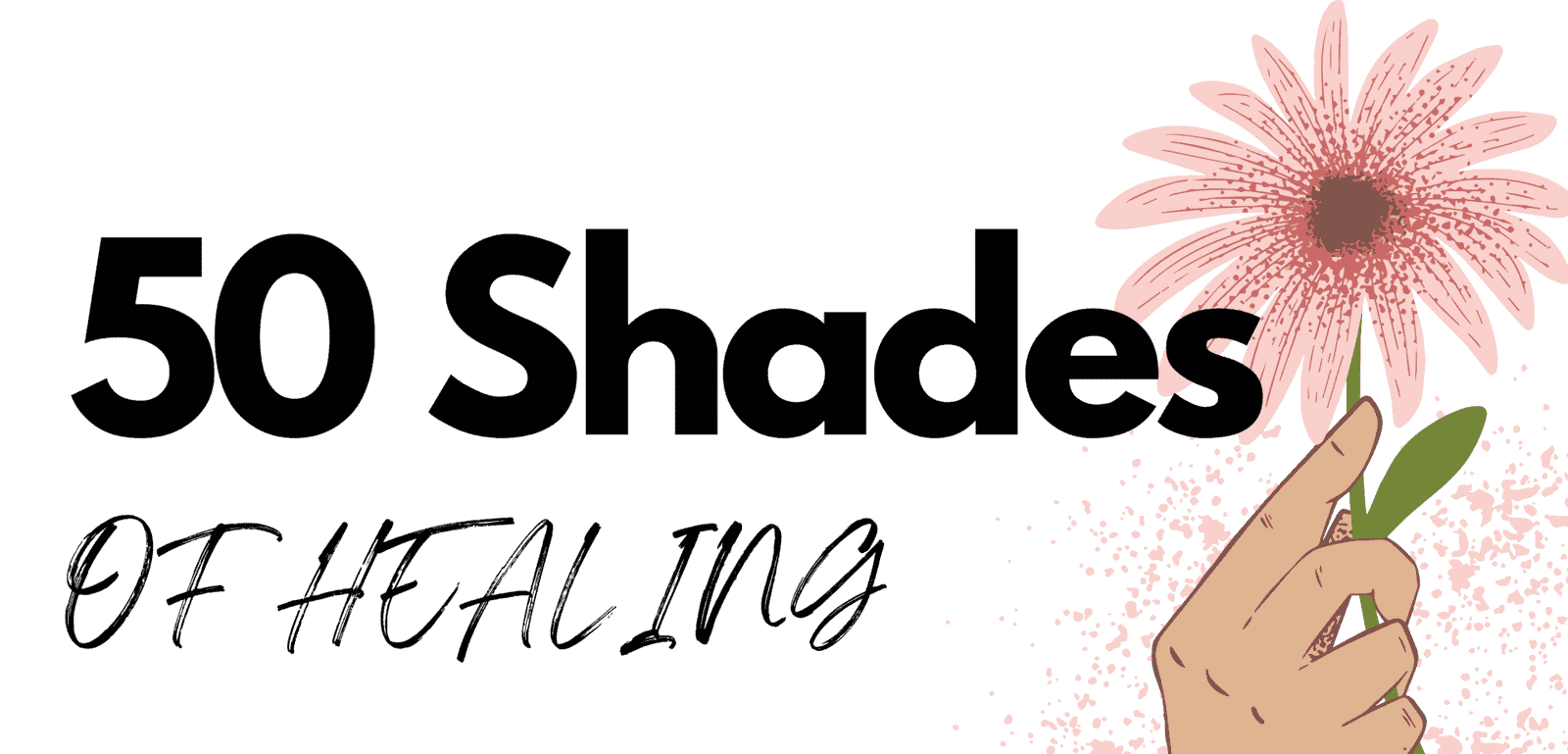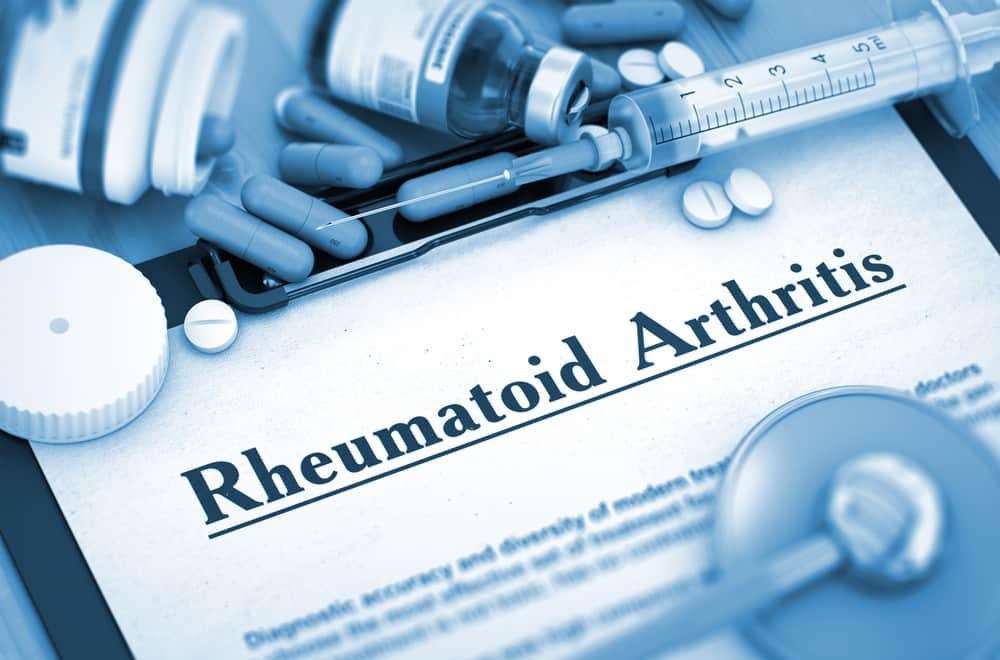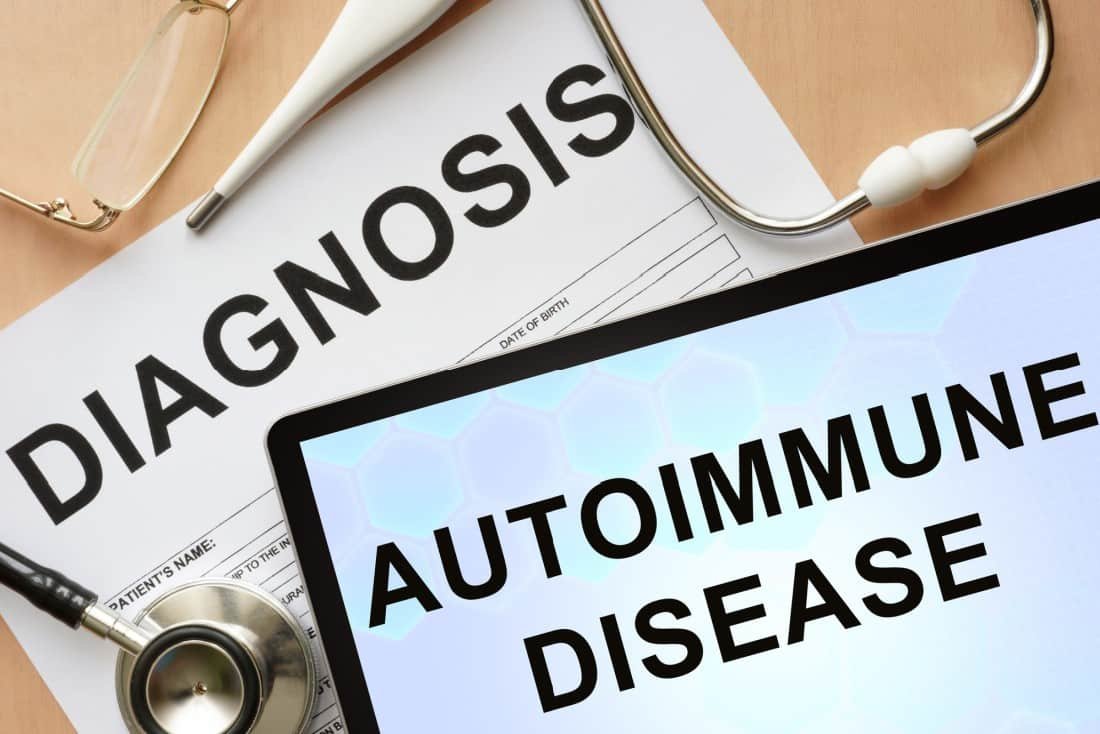What is Celiac Disease?
If you’re one of the millions of people who have Celiac disease, this is the perfect post for you. Learn everything you need to know about this autoimmune disorder, from what causes it to how to go about treating it.
Don’t let Celiac disease hold you back any longer!
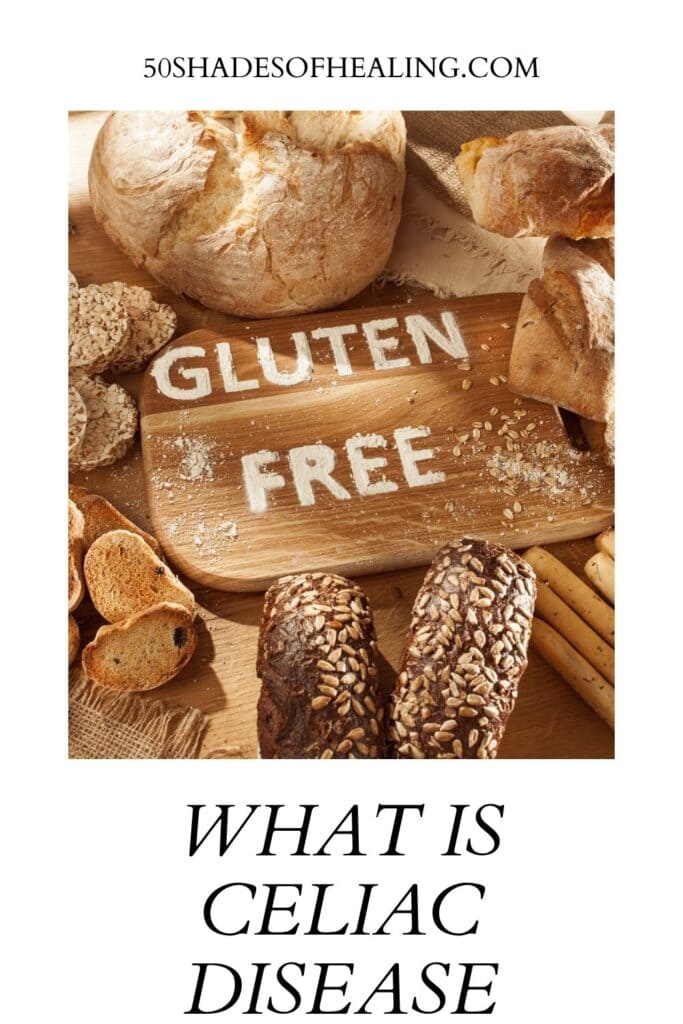
Celiac disease (CD) is one of the most common diseases of the gut, usually resulting from environmental and genetic factors.
It is a chronic autoimmune disease of the small intestine, often manifesting some gastrointestinal symptoms, and extraintestinal symptoms; while some cases may present with no symptoms at all.
This chronic illness of the small intestine is caused by ingestion (or more like, indigestion) of foods rich in gluten.
The most affected part of the small intestine is the villi on its outer layer, which absorbs the nutrients from the food that you eat.
When a person with celiac disease eats gluten-rich food, the immune system attacks the intestines or the gut, and causes injury to it, resulting in damaged villi.
These villi are finger-like projections on the small intestine that promote the absorption of nutrients from the food as it passes through the intestines.
When the villi get severely damaged, there is no absorption of nutrients resulting in a cascade of symptoms and other problems.
Celiac disease can develop at any age but are usually undiagnosed until late.

What is the Difference Between Celiac Disease and Non-Celiac Gluten Sensitivity?
Celiac disease is an autoimmune disease that is triggered by consuming gluten, which mainly comes from wheat, barley, and rye, among other foods.
The symptoms are the consequences of malabsorption of nutrients, and can manifest as gastrointestinal (such as diarrhea, abdominal pain, weight loss, etc.), extraintestinal (non-intestinal in origin like headache, rashes, itching, anemia, osteoporosis, etc.).
On the other hand, while Non-Celiac Gluten Sensitivity (NCGS) or gluten intolerance can cause symptoms similar to those of celiac disease, there is no injury to the small intestines upon consumption of gluten.
Patients complain of mental fatigue (or “brain fog” as they call it), physical fatigue, bloated abdomen, vomiting, and headache.
Diagnosis of NCGS is made upon the improvement of the patient’s condition following a gluten-free diet.
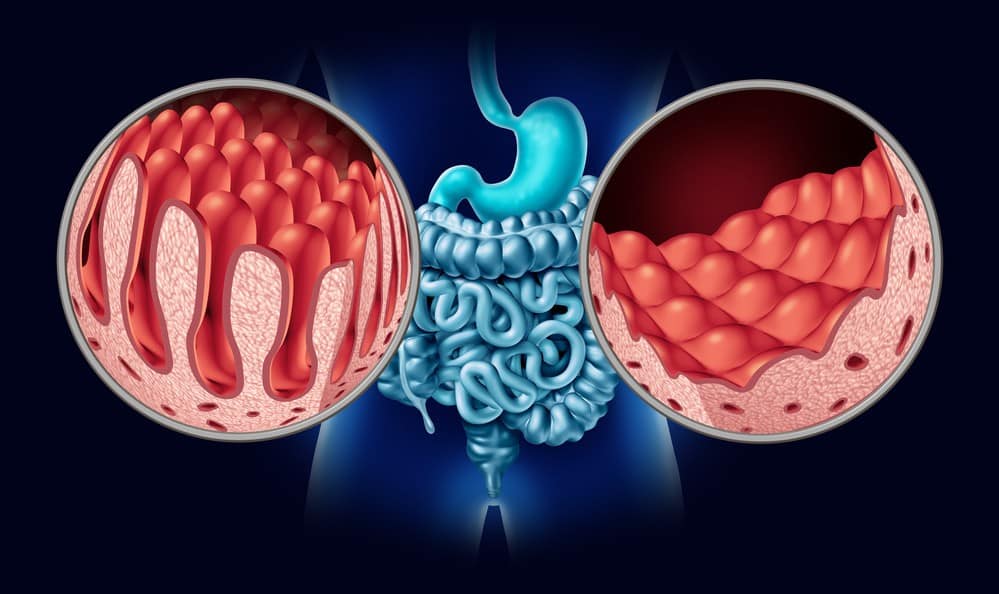
Causes of Celiac Disease
The cause of Celiac Disease isn’t fully understood, but it’s believed that your genes combined with the foods you eat can contribute.
Additionally, factors like breastfeeding and having certain types of infections during infancy also play a role in determining if someone will develop this condition later on down their road!
The body’s immune system overreacts when it sees gluten.
This leads to the destruction of villi, which are tiny hairlike projections that line our small intestine and help us absorb nutrients from the food we eat; if they’re damaged then you can’t get enough vitamins no matter how much is put into your stomach
Signs and Symptoms of Celiac Disease
Source: https://allianceallergy.com/coeliac-disease/introduction-to-coeliac-disease/
This is a summary of the signs and symptoms caused by celiac disease. The symptoms can be mild, or severe; with some cases being asymptomatic.
Most of the patients with this chronic autoimmune disease manifest systemic symptoms, meaning symptoms are originating from the gut or intestines such as:
- Abdominal pain
- Pain
- Gas or flatulence
- Constipation or diarrhea
- Pale, foul-smelling stools
- Weight loss
For systemic or generalized symptoms, these include:
- Growth problems or failure to thrive (mostly in children), which is because they cannot absorb the nutrients
- Depression
- Peripheral neuropathy or nerve damage
- Ataxia is a disorder of speech
- Disorders affecting coordination and balance
- Dermatitis herpetiformis, which is a blistering skin rash
- Aphthous ulcers or sores in the mouth
- Unexplained anemia due to decreased absorption of iron
- Hepatitis is the inflammation of the liver
- Defects in dental enamel due to decreased absorption of calcium
- Muscle cramps
- Joint and bone pain caused by low calcium and vitamin D
- Tingling sensation in the legs, caused by nerve damage and low calcium
With CD causing damage and inflammation to the villi and small intestine, the absorption of these nutrients, which are vital for growth, development, and function, is impaired.
Consequently, when all these are missing or low, the patient is at risk for developing other health problems.
The following are expected in patients who have CD:
- Malnutrition
- Osteoporosis
- Infertility
- Intestinal cancer
Moreover, CD patients usually have concomitant diseases, such as:
- Thyroid disease
- Liver disease
- Type 1 Diabetes
- Lupus
- Rheumatoid Arthritis
- Sjogren’s syndrome
- Other autoimmune liver diseases

Diagnosis and Treatment of Celiac Disease
Celiac disease is diagnosed through thorough medical history and physical examination.
Blood tests to measure antibodies for gluten and antigens (HLA) are conducted as well.
Genetic testing is also part of the examinations for CD. A review of nutritional shortages can also be done via a blood test.
Moreover, a biopsy of the intestines and villi is taken via endoscopy.
Treatment for CD consists of a physician and a nutritionist or a dietician. Symptomatic relief is part of the treatment plan; however, a gluten-free diet can end and decrease the occurrence of your symptoms altogether.
Regular medical follow-up visits are recommended, as well as sticking to your gluten-free diet for life.
What Can Trigger Celiac Disease?
Gluten is a protein found in many foods, but it can trigger an immune system response that causes celiac disease.
People with the gene variants DQ2 or 8 and who eat gluten may develop this condition however not all people carrying these genes will become sick from consuming them.
A person’s health depends on their genetics; because there are multiple forms of “glutens”–depending on what else they’re eating too!
So while one person might have no problem digesting some amount during his/her daily life without adverse effects others could react very differently.

Is Celiac a Serious Disease?
Left untreated, celiac disease can result in serious complications.
These include anemia and nutrient deficiencies that may lead to long-term health problems for you or your child’s growth.
Can Celiac Disease Go Away?
The short answer is no, you can’t outgrow Celiac Disease. Once diagnosed (and assuming the diagnosis was correct), your life will always be impacted by this intolerance to gluten, unless a successful treatment comes along in years ahead!
All About Gluten
Celiac disease cannot be prevented. But this can be managed well with early detection and sticking to a healthy and gluten-free diet.
Eating a gluten-free diet requires an innovative approach to food.
You will have to learn how to read food labels, as well as be familiar with food that is loaded with gluten and dairy.
What is Gluten?
Gluten is a protein found in wheat, barley, and rye. It is mostly found in grains.
It is naturally occurring, but it is usually extracted and concentrated to add to food for additional protein, flavor, and texture.
Celiac Disease Foods To Avoid
- bread
- baked goods
- soups
- pasta
- cereals
- sauces
- salad dressings
- roux
- malt
- food coloring
- soups
- beer
- Brewer’s Yeast
- rye bread
- rye beer
- cereals
- Oats
- Beer, ale, and lagers
- Bouillon cubes
- Brown rice syrup
- Candy
- Chips, potato chips
- Cold cuts, hot dogs, salami, and sausage
- Communion wafers
- French fries
- Gravy
- Imitation fish
- Matzo
- Rice mixes
- Sauces
- Seasoned tortilla chips
- Soups
- Soy sauce
- Vegetables in sauce

Tips for Following a Gluten-Free Diet
Instill discipline. If possible, avoid all these products: barley, rye, triticale, graham flour, semolina, and any other kind of flour, including self-rising and durum.
Be cautious of corn and rice products. Although they don’t contain gluten, they can be contaminated with wheat gluten if they’re produced in factories that also manufacture wheat products. Go with oats.
Learn to look for alternatives. You can substitute potato, rice, soy, amaranth, quinoa, buckwheat, or bean flour for wheat flour.
You can also use sorghum, chickpea or Bengal gram, arrowroot, and cornflour, as well as tapioca starch extract, as thickeners or leavening agents.
Become a label expert: know terms for hidden gluten.
Terms to watch out for in your food labels:
- einkorn
- emmer
- spelt
- kamut
- wheat starch
- wheat bran
- wheat germ
- cracked wheat
- hydrolyzed wheat protein
Avoid emulsifiers, dextrin, mono- and di-glycerides, seasonings, and caramel colors because these can contain gluten.
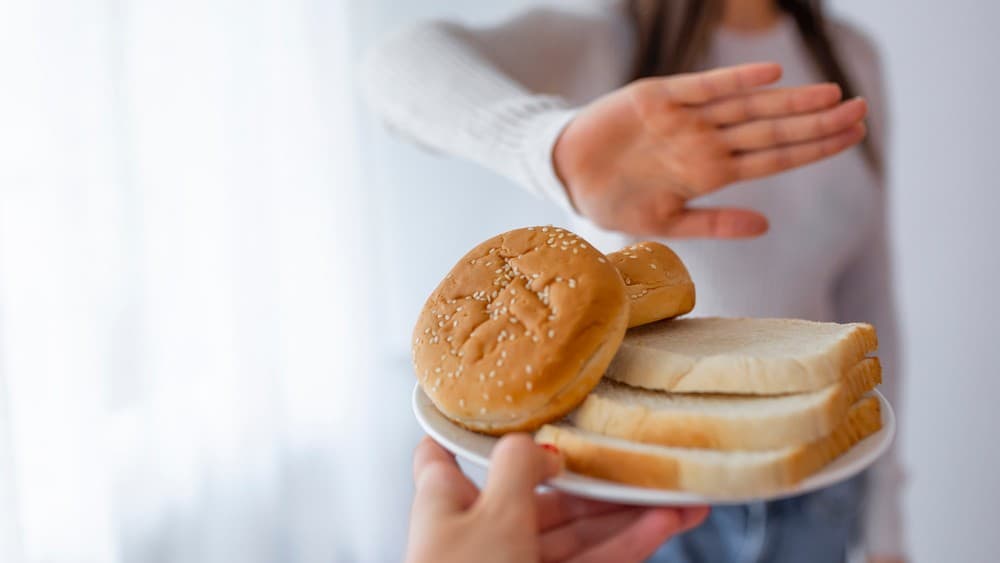
How to Stock a Gluten-Free Kitchen
One thing to remember is that all food in its pure form is gluten-free.
Always check the food labels and look for the sign that says gluten-free.
If you are unsure, ask the salesperson or the chef how your food was prepared.
Your fruits, vegetables, meat, poultry, fish, seafood, beans and legumes, nuts and seeds, and rice are all gluten-free naturally (pure form).
Marinated, packaged, and processed ones are most likely contaminated with gluten.
Dairy products such as milk, most yogurt, cream cheese, and pure cheese are all gluten-free.
Make quinoa a staple in your kitchen as it is naturally gluten-free and healthy. Snack on whole food items like fruits, vegetables, and nuts instead of processed and packaged snacks.
They are healthier and guaranteed gluten-free. You can also stock up on your gluten-free baking goods.
Nowadays, gluten-free foods are readily available in your supermarkets and grocery stores.
You just have to be careful and read the labels before putting them in your carts.
